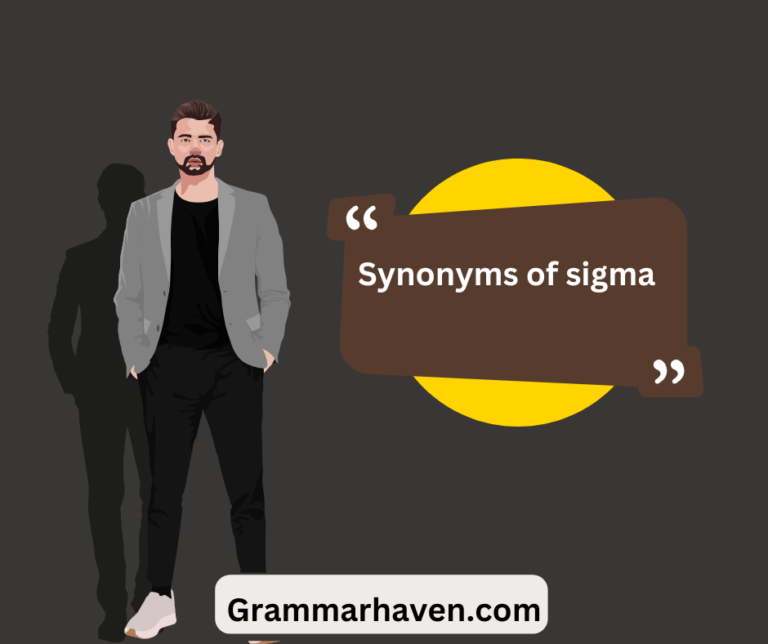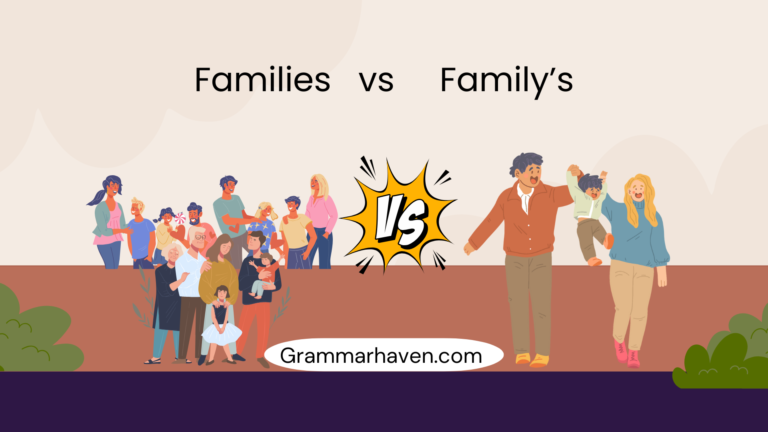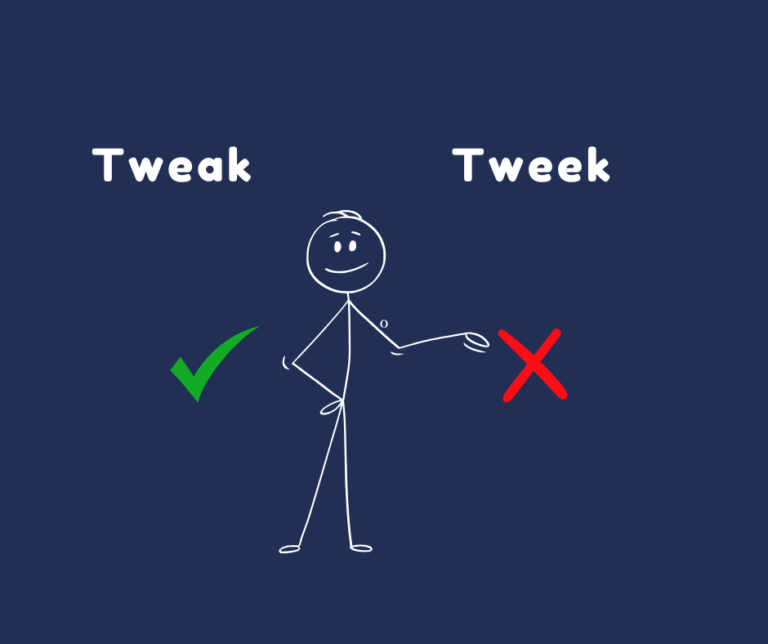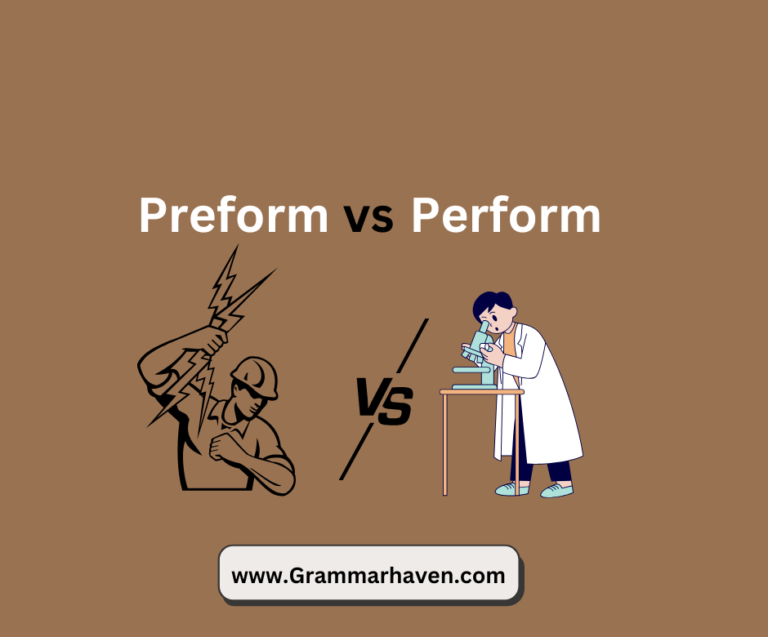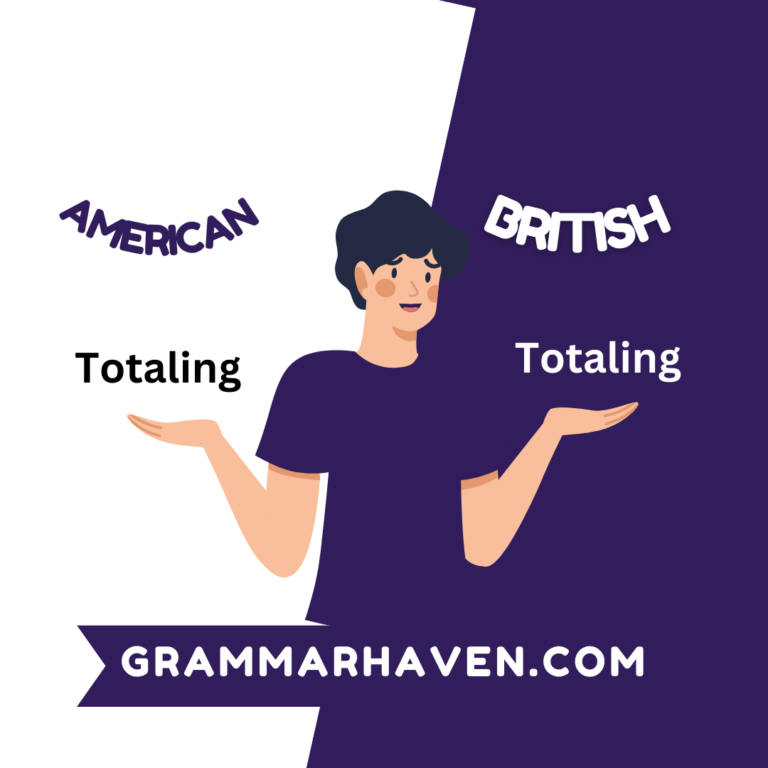Cacoon or Cocoon: Which Spelling is Correct?
The English language has many similar-sounding words that often cause confusion. One pair that frequently trips people up is “Cacoon or Cocoon.” If you’ve ever wondered about the correct spelling or found yourself searching for a “cacoon definition,” you’re not alone.
In this article, we’ll clear up the confusion between ” Cocoon or Cacoon” and take you through the fascinating world of cocoons. The correct term is “cocoon,” which refers to a silky protective case spun by insect larvae, while “cacoon” is simply a common misspelling.
What Is The Difference Between Cacoon or Cocoon
Before diving deeper, let’s clarify the main differences between “cocoon or cacoon“:
| Aspect | Cocoon | Cacoon |
| Definition | A silky protective case spun by insect larvae during pupation. | A misspelling of “cocoon.” |
| Examples | “The moth spun a cocoon for its transformation.” | Incorrect: “The butterfly made a cacoon.” |
| Correct Usage | Always use “cocoon” for biological and metaphorical contexts. | Avoid using “cacoon“; it’s not valid. |
When you want to spell cacoon correctly, remember it should always be spelled as “cocoon.” This is true whether you’re writing about the natural phenomenon or using it as a metaphor for protection or isolation.
Understanding the Fundamentals: Cocoon Defined
A cocoon is simply the protective covering around a pupa or chrysalis of many insects for protection during their pupal stage. This remarkable structure serves as a protective home where incredible transformations take place. This isn’t to be confused with a shell, which is the protection some butterflies have instead of a cocoon.
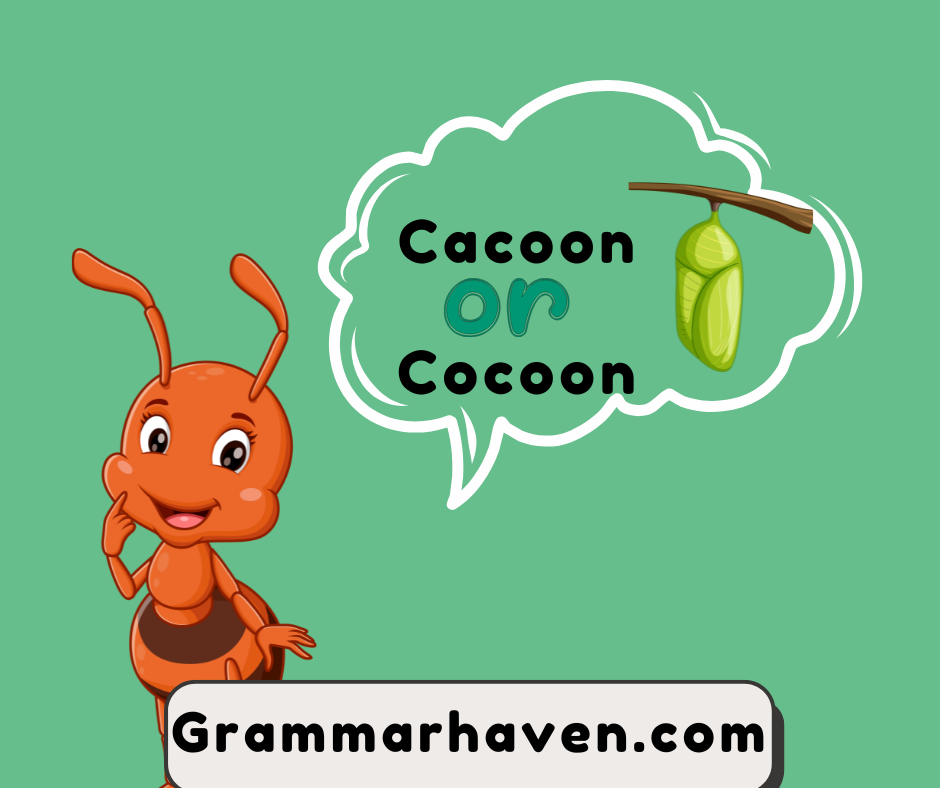
The cocoon plays a crucial role in the development and metamorphosis of certain insects, particularly moths. Inside this protective casing, the insect undergoes dramatic changes in body structure, eventually emerging as an adult.
Many people mistakenly search for “cacoon definition” when they actually need information about cocoons. The protective shell provides the perfect environment for the vulnerable pupa inside, shielding it from predators and harsh environmental conditions while the magical process of metamorphosis unfolds.
Key Facts About Cocoons:
- Material: Silk, produced by the larva’s salivary glands
- Purpose: Protection during the pupal stage
- Common Users: Moths, some butterflies, and other insects
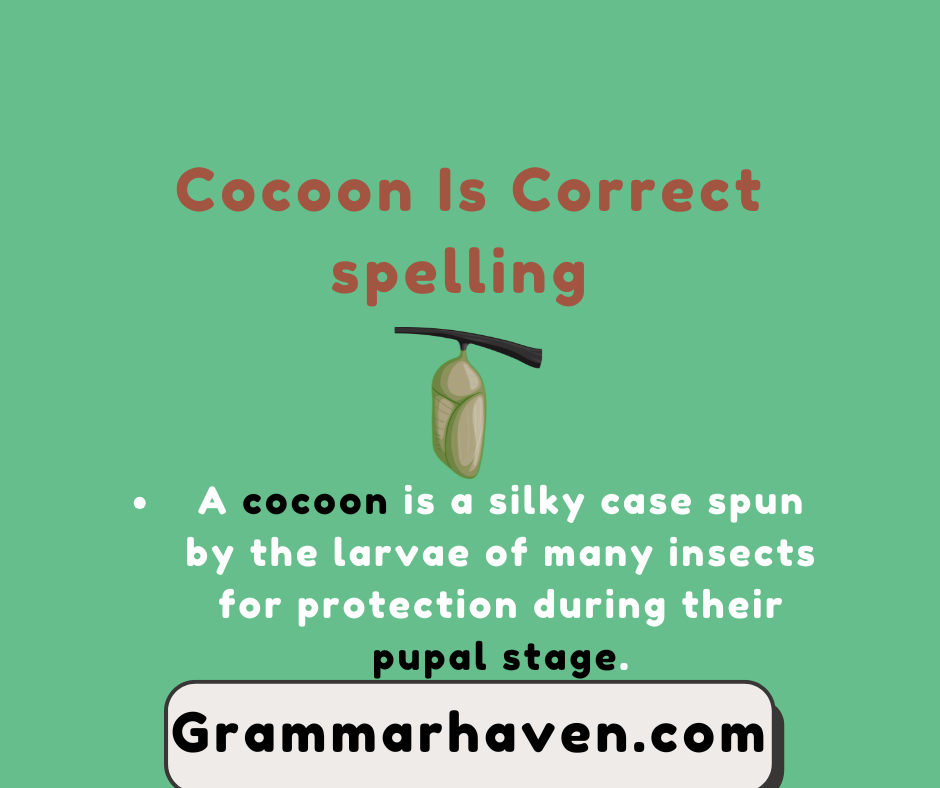
Most cocoons are made of silk, which the larva produces from its salivary glands. This silk creates a tough but flexible outer layer that offers both protection and the proper conditions for development. The next time you see a cocoon hanging from a tree branch or attached to a plant stem, remember the incredible transformation happening inside.
From Larva to Butterfly: The Role of a Cocoon
The journey from a larva to a butterfly is one of nature’s most amazing processes, known as metamorphosis. During this transformation, the cocoon serves as a protected space where the insect changes from a crawling caterpillar to a winged adult.
For moths especially, the cocoon is an essential part of development. After spinning its silky shelter, the larva sheds its skin one last time to reveal the pupa underneath. Inside this protective case, the insect’s body breaks down and rebuilds itself with completely different structures.
When writing about insects, precision matters. Using the right terminology helps readers understand exactly what stage of development you’re describing. People who incorrectly search for information about “cacoon” are usually looking to understand this fascinating process of change and growth that occurs within a properly spelled cocoon.
Stages of Metamorphosis:
- Egg: The life cycle begins when an adult lays eggs on a suitable host plant
- Larva (Caterpillar): After hatching, the larva eats constantly and grows rapidly
- Pupa (Cocoon): The larva spins a cocoon around itself and enters the pupal stage
- Adult: The mature insect emerges from the cocoon with wings ready for flight

Case Study: The Silk Moth
The silk moth provides a perfect example of the importance of cocoons:
- Larva Stage: The silk moth larva, also known as a silkworm, spins a cocoon made of a single silk fiber that can be up to 900 meters long
- Pupa Stage: Inside the cocoon, the silkworm transforms into a pupa
- Adult Stage: After about two weeks, the silk moth emerges, completing its lifecycle
This process has been harnessed by humans for thousands of years to produce silk fabric, making the cocoon not just biologically important but also commercially valuable.
The Lifecycle of a Butterfly: A Journey Through Phases
Contrary to popular belief, butterflies typically don’t spin cocoons. Instead, they form a chrysalis, which is another type of protective covering with key differences from a cocoon.
The butterfly’s lifecycle includes several distinct phases, each essential for its development and survival. Understanding these stages helps clarify why the term “cacoon” is not only misspelled but would be incorrectly applied to butterflies even if it were a real word.
Phases of a Butterfly’s Lifecycle:
- Egg: Laid on specific host plants that will provide food for the hatching caterpillar
- Larva (Caterpillar): Eats voraciously, growing and molting several times
- Pupa (Chrysalis): Undergoes metamorphosis inside a hard shell formed from its own skin
- Adult Butterfly: Emerges with wings that need to be pumped full of fluid before flight
The table below shows the key differences between a cocoon and a chrysalis:
| Feature | Cocoon | Chrysalis |
| Used by | Moths and some other insects | Butterflies |
| Structure | Silky case spun by larva | Hard outer shell |
| Formation | Larva spins silk around itself | Formed from the larva’s own skin |
| Purpose | Protection during pupal stage | Protection and metamorphosis |
These differences explain why it’s important to use the correct terminology when discussing these insects. While people might incorrectly spell cacoon when searching for information, understanding the proper terms helps appreciate the unique adaptations of these amazing creatures.
Why a Cocoon Is Not a Chrysalis: Clarifying Common Misconceptions
One of the most widespread misconceptions is that cocoons and chrysalises are the same thing. This confusion often leads people to use terms like “cacoon” or misapply the term “cocoon” when referring to butterflies.
While both structures serve as protective coverings for the pupal stage of insects, they differ significantly in their formation and use. Understanding these differences helps appreciate the diverse strategies insects have evolved for their transformation processes.
Differences Between Cocoon and Chrysalis:
- Cocoon: Made of silk spun by the larva, commonly used by moths and some other insects. The silk creates a soft but protective layer around the pupa inside.
- Chrysalis: A hardened outer shell formed from the caterpillar’s own skin (cuticle), used by butterflies. No silk is involved in making a chrysalis—it forms directly from the caterpillar’s final molt.
The next time you spot a silky cocoon hanging from a branch or a jewel-like chrysalis attached to a leaf, you’ll know exactly what you’re looking at and understand the remarkable transformation happening inside.
Exploring ‘Cocoon’ in Action: Usage as a Verb
The term “cocoon” is not only a noun but also a verb. To “cocoon” means to wrap or envelop in a protective covering, mimicking the natural process of insects.
When used as a verb, cocoon gives us a vivid way to describe how something is completely wrapped up or protected. This usage has become quite common in everyday speech.
People often use the verb cocoon when they talk about wrapping themselves in blankets during cold weather. It creates a clear image of someone completely surrounded by warmth and comfort.
Animals may also cocoon their young to protect them from dangers. Many birds and mammals create nest-like structures that serve as cocoons for their babies.
In gardening, plant enthusiasts might cocoon delicate plants during harsh winter months using special wraps or covers. This helps the plants survive until spring arrives.
Even in construction and home maintenance, professionals might cocoon entire buildings during renovation to contain dust and debris. This shows how versatile the term has become.
Examples of “Cocoon” as a Verb: Cacoon or Cocoon
Literal Use: “The spider cocooned its prey.”
Metaphorical Use: “She cocooned herself in a blanket on the cold night.”
Comparative Analysis of Cocoon: Cacoon or Cocoon
Swaddle: Typically used for wrapping babies.
Wrap: General term for enclosing something in material.
Protect: A broader term encompassing all forms of safeguarding.
Cocooning for Comfort: More Than a Natural Phenomenon
In modern language, “cocooning” has taken on a metaphorical meaning, describing the act of retreating into a comfortable, safe space.
This trend became popular in the 1980s and has only grown stronger with time. Today, many people proudly call themselves “cocooners” as they create personal sanctuaries at home.
The comfort of cocooning appeals to many of us because it offers an escape from the busy outside world. It gives us a chance to recharge our mental and emotional batteries.
Home design experts have noticed this trend and now create products specifically for cocooning. Soft blankets, plush furniture, and mood lighting all support this lifestyle choice.
During difficult times, cocooning becomes even more important as a coping mechanism. It provides stability when the world feels chaotic or overwhelming.
Technology has made cocooning easier than ever. With streaming services, food delivery, and online shopping, people can stay in their personal cocoons for longer periods.
Psychological and Social Implications:
Stress Relief: Cocooning as a way to escape stress. Privacy: Creating a personal sanctuary. Safety: Feeling secure in a controlled environment.
Examples:
“After a long week, I love cocooning at home with a good book.” “Cocooning during the winter helps me recharge.”
The Other Cacoon: Not a Typo, a Tropical Bean
Interestingly, “cacoon” is not just a misspelling of “cocoon” but also refers to a tropical bean known as the cacoon bean.
Many people mistakenly write “cacoon” when they mean “cocoon.” This common error happens because the words sound very similar when spoken. However, it’s important to know the correct spell cacoon or cocoon.
The actual cacoon bean has played an important role in many tropical cultures. Local communities have used these large, flat seeds for both food and medicine for centuries.
If you’re writing about insect development or protective coverings, the correct spelling is “cocoon.” But if you’re discussing tropical botany, “cacoon” might be the word you need.
The cacoon definition in botany refers to the seeds of a specific climbing vine. These seeds are quite large and distinctive, with a heart-like shape that makes them easy to identify.
These beans often wash up on beaches after floating across oceans, earning them the nickname “sea hearts.” Their tough outer covering allows them to survive long journeys in saltwater.
Source: ( Merriam-Webster )
Botanical Description:
Scientific Name: Entada rheedii
Common Names: Sea heart, cacoon bean
Uses: Traditional medicine, food source
Geographical Distribution: Found in tropical regions around the world.
Synonyms: Similar Terms for Cocoon
List of Synonyms:
Pupa: Refers to the pupal stage inside the cocoon.
Pod: General term for a protective covering.
Covering: Broad term for anything that envelops.
Explanation:
There are several synonyms for “cocoon,” each with its own context and usage. Understanding these terms can enhance your writing and comprehension.
When discussing insect development, you might encounter words like “chrysalis” or “pupa.” While related to cocoons, these terms have specific meanings within entomology.
A chrysalis specifically refers to the hardened case that protects a butterfly during metamorphosis. Unlike a cocoon, a chrysalis is made from the insect’s own body rather than spun silk.
The term “pupa” refers to the developmental stage itself, not necessarily the protective covering. All butterflies and moths go through a pupal stage, but not all create cocoons.
In everyday language, people might use words like “shell,” “casing,” or “covering” instead of cocoon. These general terms work well in casual conversation but lack the specific meaning just as hy meaning in text varies in different context.
Science fiction has even adopted the term “cocoon” for various protective technologies. In these stories, characters might be placed in suspended animation within high-tech cocoons.
Examples:
- “The pupa is inside the cocoon, under going transformation.”
- “The pod protects the seeds until they are ready to sprout.”
- “She used a covering to shield the plants from frost.”
Verb Variants: Swaddle, Wrap, and Protect
Usage Contexts:
Swaddle: To wrap a baby tightly in cloth.
The verb “swaddle” has a very specific use, almost always referring to wrapping babies snugly in blankets. Parents swaddle infants to provide comfort and security.
Wrap: To cover something by winding or folding a material around it.
“Wrap” is a more general term that can apply to many situations. You can wrap a gift, wrap food for storage, or wrap yourself in a towel after swimming.
Protect: To keep something safe from harm.The verb “protect” has the broadest application, covering any action taken to keep something safe. This might involve wrapping, but could also include many other methods.
Visual Examples:
- A baby swaddled in a blanket.
- A gift wrapped in colorful paper.
- A helmet protecting a cyclist’s head.
When an insect creates a cocoon, it’s doing more than just wrapping itself. It’s creating a specialized structure specifically designed for protection during metamorphosis.
Etymology: Cocoon’s Linguistic Origins and Evolution
The word “cocoon” has a fascinating history, tracing back to its origins and evolution over time.
Language scholars have traced the word “cocoon” back several centuries. Its journey through different languages shows how words evolve and take on new meanings.
The French word “cocon” directly influenced our modern English term. French silk production during the Middle Ages helped spread knowledge about these structures.
Before entering English, similar words existed in several European languages. Each culture that raised silkworms needed terminology to describe the process.
Over time, the meaning of “cocoon” expanded beyond just insect casings. By the 20th century, people were using it metaphorically for any protective environment.
The verb form “to cocoon” developed more recently, showing how nouns can transform into action words when a culture needs new ways to express concepts.
Origin and Evolution:
Etymology: Derived from the French word “cocon,” meaning “shell.” Historical Evolution: The term has evolved from referring strictly to insect silk casings to broader metaphorical uses.
Influence of Other Languages:
The Latin word “cucullus,” meaning “hood or covering,” also influenced the development of the term.
Conclusion
The difference between “cocoon or cacoon” is more than a lesson in spelling. It’s an exploration of nature’s wonders, linguistic evolution, and the rich metaphors that language offers.
Cocoons play a critical role in the lifecycle of many insects, providing a safe space for transformation. The next time you see a cocoon hanging from a branch or leaf, remember the amazing process taking place inside. By understanding the terms “cacoon or cocoon” , “cancelled or canceled” and their proper usage, you can enhance your language skills and appreciation for the natural world.
FAQs
What is the correct spelling of cocoon ?
The correct spelling is “cocoon.” “Cacoon” is a common misspelling not valid in English.
Is it a cocoon or chrysalis?
Cocoon: Made of silk spun by the larva, commonly used by moths and some other insects. The silk creates a soft but protective layer around the pupa inside.
Chrysalis: A hardened outer shell formed from the caterpillar’s own skin (cuticle), used by butterflies. No silk is involved in making a chrysalis—it forms directly from the caterpillar’s final molt.
What is the meaning of Cacoon?
“cacoon” is not just a misspelling of “cocoon” but also refers to a tropical bean known as the cacoon bean.
What does “cocoon” mean?
A cocoon is a silky protective case made by insect larvae during transformation into adults.
Is a cocoon a butterfly?
No ,there is no such thing as cocoon a butterfly, cocoon is a silky protective covering around larva in moths


